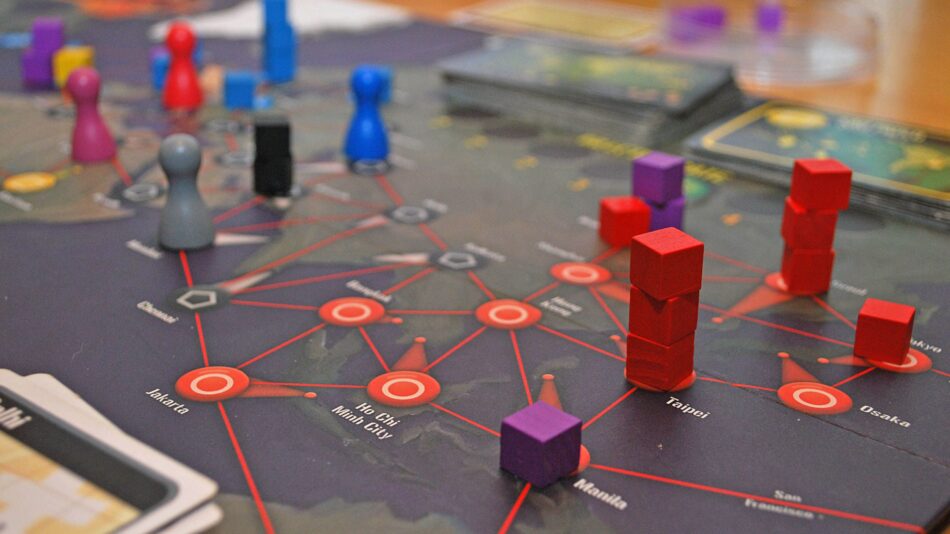Thanks to the pandemic, you’ve had to find creative solutions to keep your students engaged while necessary distance learning. One modality explored by educators was game-based learning. One tool that facilitates distance learning projects is the Adobe Education Exchange. This site offers a variety of teaching resources and facilitates communication between educators. Game-based learning is […]
Thanks to the pandemic, you’ve had to find creative solutions to keep your students engaged while necessary distance learning. One modality explored by educators was game-based learning.
One tool that facilitates distance learning projects is the Adobe Education Exchange. This site offers a variety of teaching resources and facilitates communication between educators. Game-based learning is one of the popular topics on this site for a good reason.
What Constitutes Game-Based Learning?
From chess to Go to backgammon, there have been games since ancient times that hone strategic thinking skills and have also been recognized as important for teaching children valuable skills.
- Providing a balance
The best games use repetition to help students master skills. A system of rewards balanced against possible failure provides challenges and motivation. A player is gradually introduced to the game to gain needed skills without being overwhelmed. A well-designed game will be tough enough that the player feels a sense of accomplishment when they win, but the game needs to be easy enough to achieve victory.
- Adopting games for educational purposes
To be effective, teaching games should provide a resource for active learning. Students make choices to reach goals and then learn from the consequences of their choices.
- Real world example
Flight simulators have been used for many years before the pandemic to help train pilots. The results of using these tools show their effectiveness.
How Does Game-Based Learning Compare to Textbook Based Learning?
While textbook based learning often seems rigid, game-based learning is flexible and dynamic.
It makes sense that this would be so, as textbooks are often reprinted year after year, as their multiple editions showcase. Therefore, much of the material is outdated by the time it gets into a student’s hand. This occurs even when revisions have taken place. For financially strapped school districts, textbooks may often be used without updates for several years.
Meanwhile, game-based learning is by nature adaptable. When new information comes out in a particular field or new educational approaches need to be used, games can be modified much more easily and quickly than textbooks. These game-based tools also allow more personalized options, allowing teachers to modify the games based on the unique requirements of individual students.
Games Change A Child’s Educational Experience
Children enjoy playing games, at least if they are somewhat well designed. Because of this, when games are incorporated into the educational process, teachers will find them more eager to learn. As a result, the process becomes more compelling and children become eager to participate. As a result, they often retain information better as they are more likely to focus on the material.
Additionally, the digital nature of game-based learning allows teachers to address a student’s unique learning style. Since games can also combine more than one subject, they are more versatile.
Students are less likely to avoid new things
The fear of failing in public can stifle the educational experience of many students. A child feels freer to make mistakes with games since failure is private. This allows them to experiment since fear is not as disastrous. They can keep trying until they succeed. This helps develop their confidence as they experiment. The process of trial and error encourages creativity.
As you can see, there are many benefits to game-based learning. However, as students return to classrooms, these advantages suggest that using this tool would enhance their experience.






